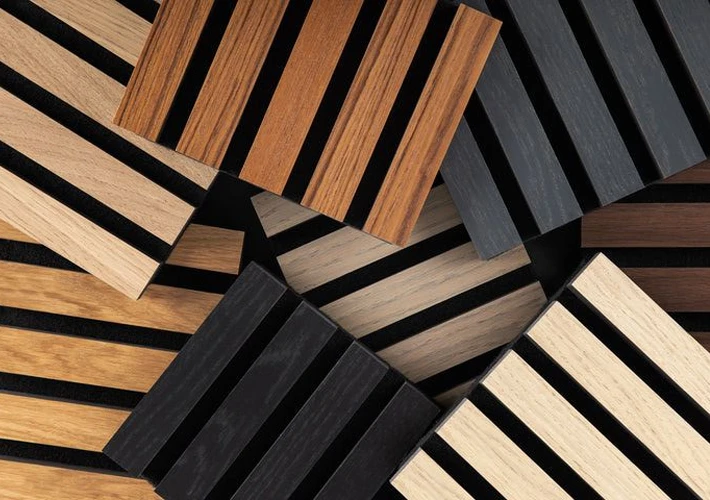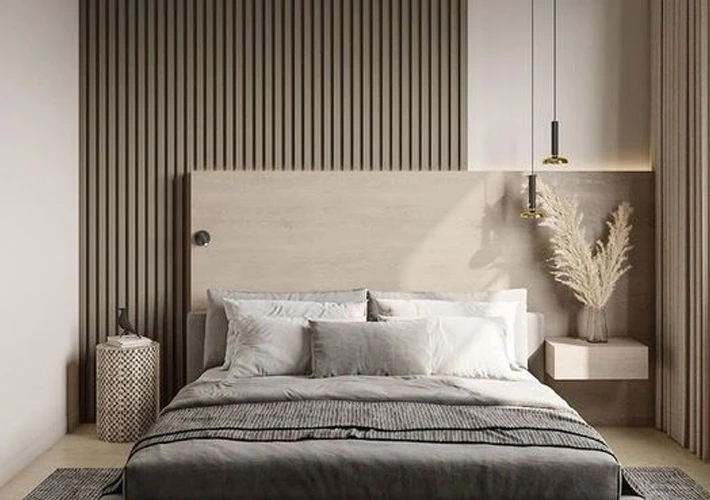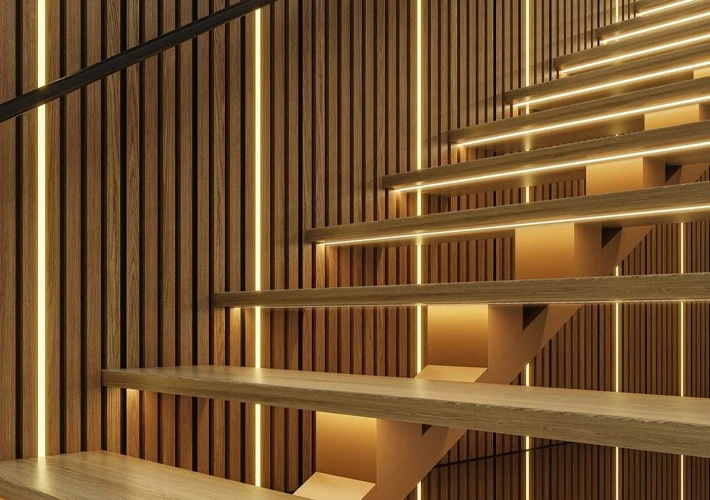مواقعنا
الصور وأدوات التصميم
أفكار التصميم
- WPC Wall Panels’ Most Popular Patterns in the UK
- Application of Black Mirror Panels in Hotel Decoration
- Benefits of Using Acoustic Panels in Hotels
- How to Choose Materials for 5 Star Hotel Bathroom Design
- Best Hotel Rest Area Design Ideas for Luxury & Comfort
- What Are Some Commonly Used Wall Panels in Hotel Bathroom Design?
- How to Choose Luxury Hotel Furniture for a 5-Star Guest Experience
- Top Trending PVC Wall Panel Designs for 2025
الغرف والمساحات
- Why Are More and More Hotels in the US and Europe Choosing SPC Wall Panels for Bathrooms?
- How to Choose the Right Bed for a Hotel?
- Popular Colors and Applications for Acoustic Panels
- Wooden, Metal or MDF? Best Materials for Hotel Bedside Tables
- Best Hotel Room Furniture Suppliers for 3–5 Star Hotels
- What Are the Advantages of Acoustic Panels for Office Use?
- Modern Hotel Furniture Trends and FF&E Packages for US Resorts
- What is the Furniture Used in a Hotel?
كيفية التثبيت
- How to Install Bamboo Charcoal Wood Veneer
- هل يجب أن تكون الألواح الصوتية على الجدران أو الأسقف؟
- دليل خطوة بخطوة لتركيب ألواح الرخام المصنوعة من مادة البولي فينيل كلوريد
- طريقة تركيب لوحة الحائط WPC
- كيفية تركيب لوحات الحائط SPC؟
- كيفية تركيب قشرة الخشب الفحم الخيزران؟
- تحسين جودة الصوت باستخدام الألواح الصوتية
- كيفية تركيب قشرة الخشب الفحمي الخيزران؟
الغرف والمساحات
- Key Installation Points of WPC Wall Panel Concealed Door Systems
- Customization and Wholesale Services of PVC Marble Sheets Suitable for Star-Rated Hotel Decoration
- أنماط تصميم غرف النوم الداخلية: تعزيز الجماليات باستخدام الألواح الجدارية الحديثة
- هل يمكنني استخدام لوحات الحائط SPC في الحمام؟
- دليل أنواع ألواح الجدران
نصائح الخبراء المتميزين
- How to Shorten Hotel Guestroom Renovation Time by 30%?
- What Real Problems Will a Project Face If CE Documentation Is Incomplete?
- Bamboo Charcoal Wood Veneer Price Guide & Global Market Trends
- Top WPC Wall Panel Manufacturer and Factory for Global Projects
- Top 10 Best Acoustic Panels for Modern Interior Decoration
- How to Choose the Best Hotel Luxury Sofa for Your Project
- Latest Market Trends of WPC Wall Panels in 2025
- Common Sizes of Acoustic Wood Paneling: A Comprehensive Guide for Global Buyers
تعلم الأساسيات
- Top 5 WPC Wall Panel Suppliers in China
- How Acoustic Panels Improve Sound Quality in Hotels
- SPC Shower Wall Panels vs Tiles: Which Is Better?
- PVC Marble Sheet Price Trends & Cost Analysis
- Best Acoustic Panels for Music Studios
- What Kind of Fabric Is Best for Acoustic Panels?
- What Is UV Marble Sheets Made Of?
- Price Trends of Bamboo Charcoal Wood Veneer Over the Past Five Years
المجموعات الشعبية
إلهام
المجموعات الشعبية
إلهام
المجموعات الشعبية
إلهام
المجموعات الشعبية
إلهام
التثبيت والنصائح
المجموعات الشعبية
إلهام
التثبيت والنصائح
استكشفنا
التثبيت والنصائح









